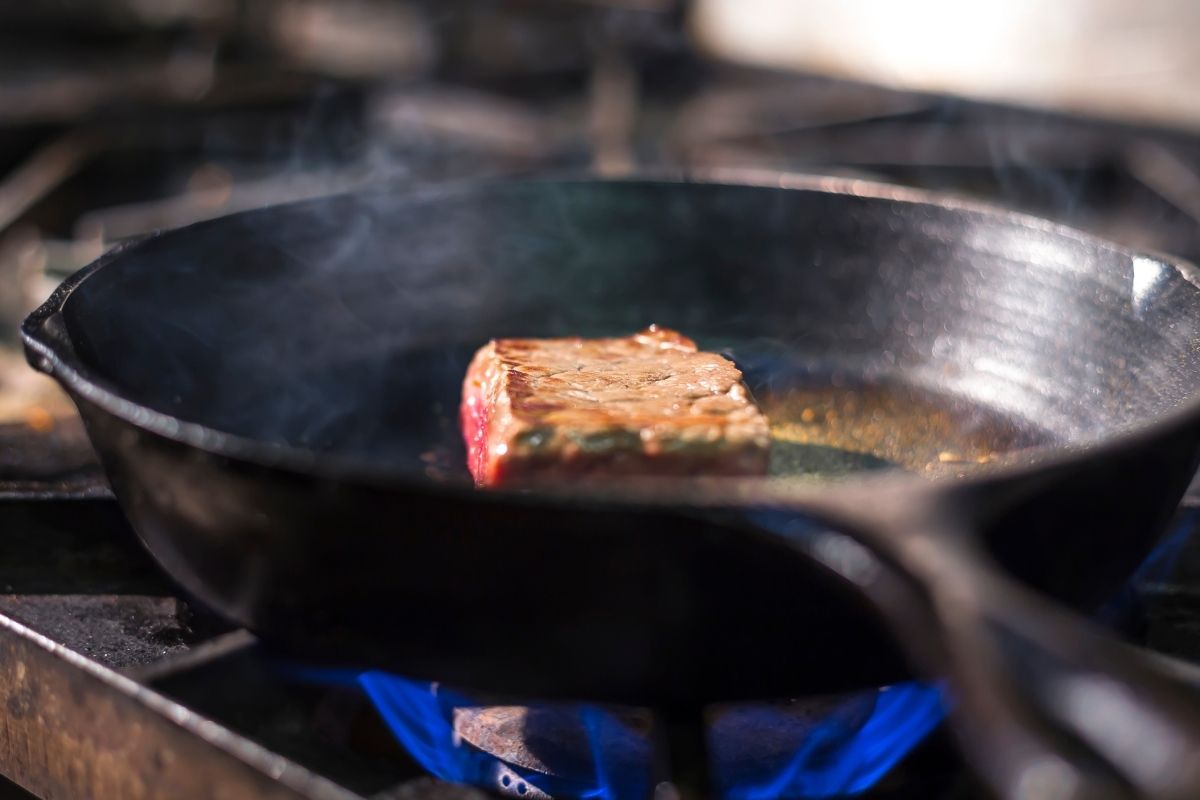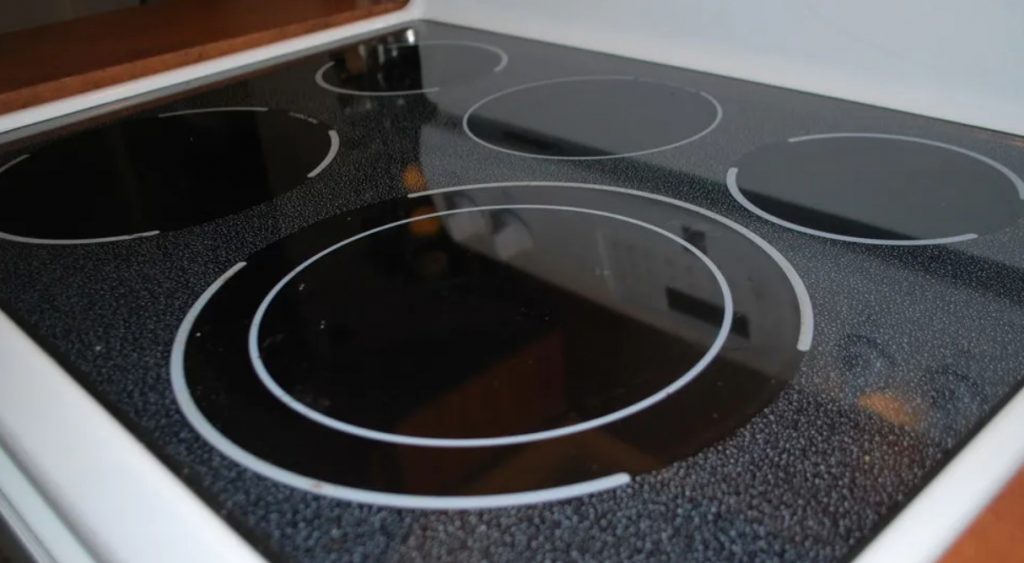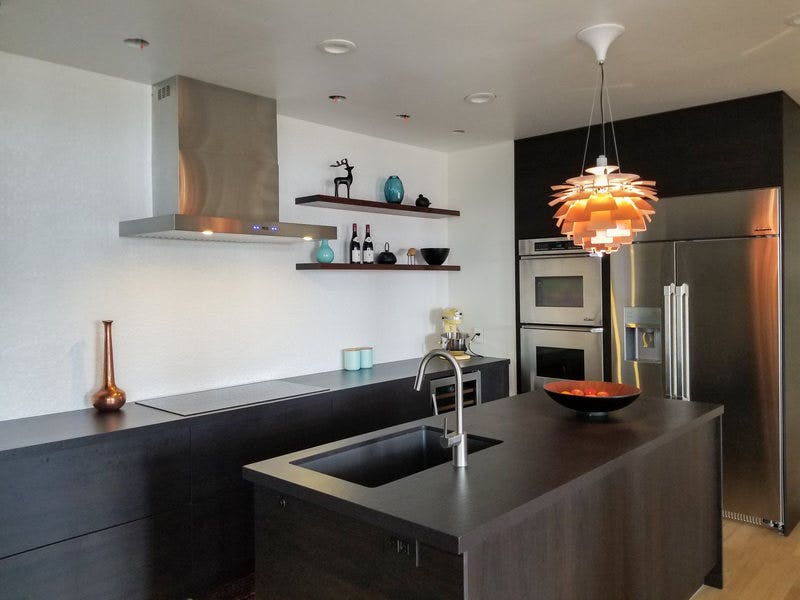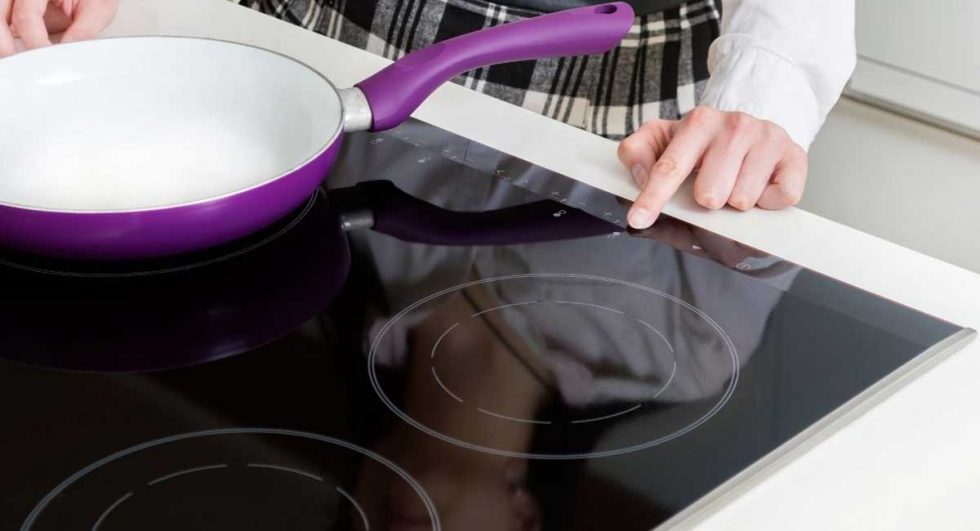Using Cast Iron on an Electric Stove: A Comprehensive Guide
I. Introduction to Using Cast Iron on an Electric Stove

A. Overview of Cast Iron Cookware and Electric Stoves
Using cast iron cookware on an electric stove combines the durability and heat retention properties of cast iron with the convenience of electric stoves. Cast iron cookware is known for its excellent heat distribution and retention, making it popular for various cooking techniques. Electric stoves provide consistent heat and precise temperature control.
B. Embracing the Benefits and Challenges of Cast Iron on Electric Stoves
Using cast iron on electric stoves offers benefits such as excellent heat distribution, versatility, and the ability to hold and distribute heat evenly. However, cast iron can be heavy and may take longer to heat up compared to other cookware materials.
C. Exploring the Steps to Safely and Effectively Use Cast Iron on an Electric Stove
Using cast iron on an electric stove involves understanding the types of electric stove burners, preparing the cast iron cookware for use, adjusting heat settings, and properly cleaning and maintaining the cast iron cookware.
II. Understanding Electric Stove Burners
A. Types of Electric Stove Burners

- Coil Burners
Coil burners consist of electric heating elements in a spiral shape. They provide direct heat to the cookware and are commonly found on older electric stoves.
- Smooth Top Burners (Glass or Ceramic)
Smooth top burners are made of glass or ceramic and provide a flat and seamless cooking surface. They heat the cookware through radiant heat transfer.
B. Heat Distribution and Efficiency
- Assessing Even Heat Distribution on Electric Stove Burners
Electric stove burners tend to have even heat distribution, though there may be slight variations across the surface. Understanding these variations can help adjust cooking techniques accordingly.
- Recognizing the Response Time of Electric Stove Burners
Electric stove burners have a slower response time compared to gas burners. It is important to factor in the preheating and cooling time when cooking with cast iron on electric stoves.
III. Preparing Cast Iron Cookware for Use

A. Seasoning the Cast Iron Pan
- Understanding the Importance of Seasoning
Seasoning creates a natural non-stick surface, prevents rust, and improves the performance and durability of cast iron cookware.
- Steps for Properly Seasoning a Cast Iron Pan
Clean the pan thoroughly, apply a thin layer of oil, and heat it in the oven or on the stove to form a polymerized layer that protects the pan.
B. Checking Cast Iron for Flatness
- Ensuring a Flat Bottom Surface for Maximum Contact
A flat bottom surface ensures maximum contact and heat transfer between the cast iron cookware and the electric stove burner.
- Using a Straight Edge or Level to Check for Flatness
Place a straight edge or level on the bottom of the cast iron cookware to check for any warping or unevenness. If necessary, use a cast iron press or a weight to flatten the bottom.
IV. Using Cast Iron on Electric Coil Burners
A. Preheating the Cast Iron Pan

- Preheating for Optimal Heat Retention
Preheat the cast iron pan on medium heat for a few minutes to ensure optimal heat retention during cooking.
- Determining the Ideal Preheating Time for Cast Iron
The preheating time may vary based on the size of the cast iron pan and the desired cooking temperature. Experimentation will help determine the ideal preheating time for your specific setup.
B. Adjusting Heat Settings
- Controlling Heat on Electric Coil Burners
Adjust the heat setting to maintain the desired temperature during cooking. Lower the heat to prevent food from sticking or burning.
- Achieving Desired Cooking Temperatures
Electric coil burners may take longer to heat up compared to other types of burners. Allow sufficient time for the cast iron to reach the desired cooking temperature.
V. Using Cast Iron on Electric Smooth Top Burners
A. Choosing the Right Cookware

- Evaluating the Cookware’s Compatibility with Smooth Top Burners
Ensure that the cast iron cookware is compatible with smooth top burners by checking the manufacturer’s guidelines.
- Selecting Cast Iron with a Smooth and Flat Bottom
Smooth and flat-bottomed cast iron cookware provides better contact and heat transfer on smooth top burners.
B. Avoiding Scratches and Damage
- Lifting and Moving Cast Iron Cookware with Care
Avoid sliding or dragging cast iron cookware on the smooth top surface to prevent scratching or damaging the burner surface.
- Avoiding Dragging or Sliding on Smooth Top Burners
Use caution when moving or adjusting the cast iron cookware on the smooth top surface to prevent scratching or cracking the glass or ceramic.
VI. Cleaning and Maintaining Cast Iron Cookware
A. Proper Cleaning Techniques
- Cleaning Cast Iron Immediately After Use
Clean cast iron cookware promptly after use to prevent food residue from hardening and becoming difficult to remove. Use hot water and a brush or sponge to gently scrub the surface.
- Avoiding Harsh Scrubbing or Abrasive Cleaners
Avoid using harsh scrub brushes or abrasive cleaners that can strip away the seasoning or damage the cast iron surface. Stick to gentle cleaning methods to preserve the seasoning.
B. Maintaining Seasoning and Preventing Rust
- Re-seasoning Cast Iron as Needed
Re-season cast iron cookware periodically to maintain its non-stick surface and prevent rust. Apply a thin layer of oil and heat the pan in the oven or on the stove to rejuvenate the seasoning.
- Storing Cast Iron Cookware in a Dry and Properly Ventilated Area
Ensure that the cast iron cookware is completely dry before storing it to prevent rust formation. Store it in a cool and dry place, and avoid storing it with any moisture-trapping materials.
Using cast iron on an electric stove can be a great way to enjoy the benefits of this versatile cookware. By understanding the characteristics of electric stove burners, properly preparing the cast iron, and following specific guidelines for coil or smooth top burners, you can use cast iron effectively on an electric stove. Remember to take extra care when using cast iron on smooth top burners to avoid scratching or damaging the surface. With proper seasoning, maintenance, and cooking techniques, you can achieve excellent results and enjoy the durability and heat retention properties of cast iron on your electric stove.
